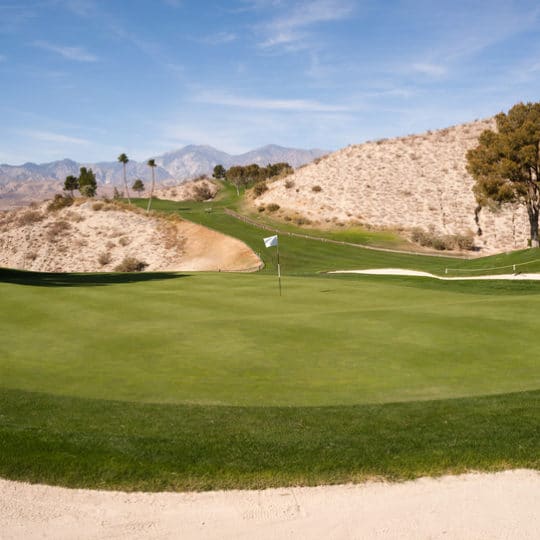Turf Library
Bentgrasses

Scientific Name: Agrostis spp.
Traditionally a turf used on golf courses, bentgrass has gained popularity as a lawn grass because of its thick density, fine texture, low growth, and rich green color. This cool-season grass comes in three common varieties: colonial, creeping, and velvet. Each has varying qualities, but all share one important trait: bentgrass requires intense maintenance and surveillance.
Identification
Bentgrass blades are slender with long, narrow leaves that are smooth on top and ridged beneath. They have long, membranous ligules with fine toothing.
Spread
Bentgrasses have long, creeping stolons, or stems, that extend over the soil’s surface. The nodes, or joints, then take root to develop another plant.
Colonial
The tallest bentgrass, colonial has a fine texture and a high resistance to wear. Boasting the signature bent density, colonial bentgrass is slow to establish and prefers cooler, moist areas and a medium amount of fertilization.
Creeping
Often found on golf courses, creeping bentgrass is known for its dense growth, lush light-green color, and tolerance for short mowing.
Velvet
Known for its texture and tolerance for a close cut, velvet bentgrass boasts the finest texture and lightest color of the bentgrasses. Thriving in moist, cooler climates with fertile soil, velvet bentgrass can require frequent fertilization, depending upon wear. Frequent watering is also needed, especially in drier areas.
Need Help with Bentgrasses?
Call today at and let's talk about how we can help you with Bentgrasses and other Turf Library.